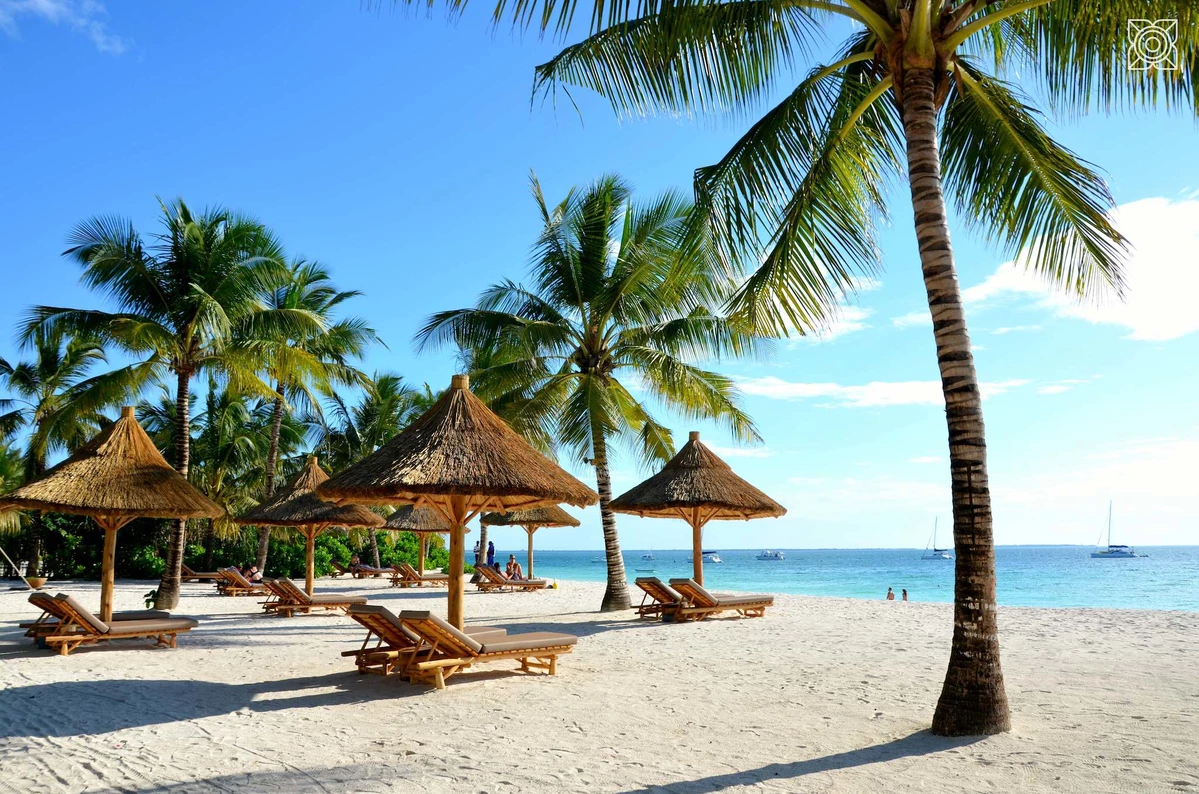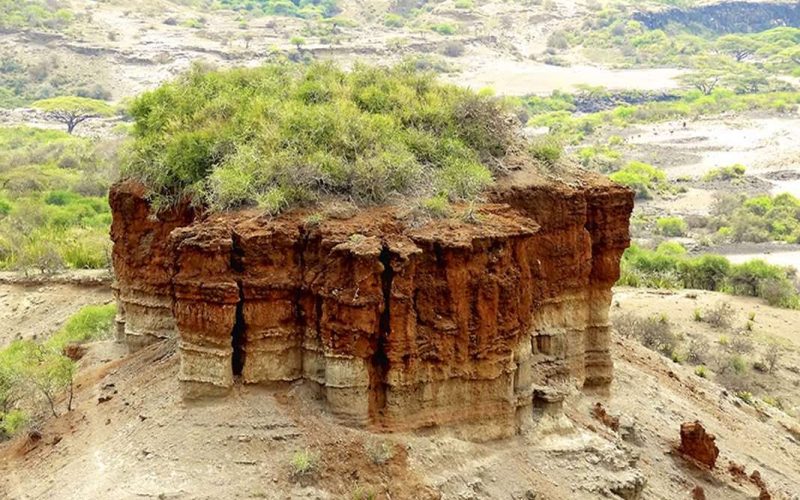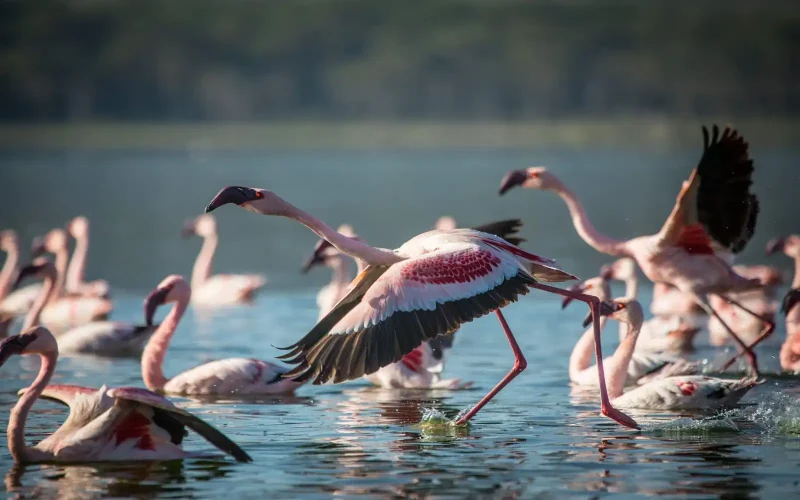About Tanzania
A jewel of East Africa

Tanzania, a land of mesmerizing beauty and rich cultural heritage, offers an unforgettable travel experience. It combines stunning landscapes, vibrant cultures, and remarkable wildlife, making it a haven for adventurous travelers.
Home to some of the world’s most impressive and diverse wildlife, Tanzania boasts the iconic Serengeti National Park, a UNESCO World Heritage Site. This park provides the classic African safari experience with its vast savannas teeming with the “Big Five.” The annual migration of millions of wildebeest, zebras, and gazelles is a breathtaking spectacle that attracts travelers from around the world. Beyond the Serengeti, Tanzania offers other wildlife-rich destinations like the Ngorongoro Crater, Nyerere National Park, Ruaha National Park, and Tarangire National Park. The country’s commitment to conservation is commendable, with 38% of its land dedicated to protected wildlife areas.

Tanzania’s allure extends to its coastline and islands, including Zanzibar, known for its marine biodiversity, pristine coral reefs, and turquoise waters. Zanzibar’s Stone Town, a UNESCO World Heritage Site, showcases a unique blend of African, Arab, Persian, and European influences. The white sand beaches are simply paradisiacal, rivaling renowned beach destinations.
For mountain enthusiasts, Tanzania offers Mount Kilimanjaro, the highest free-standing mountain globally, and other mountain ranges with unique attractions.
Culturally, Tanzania is a melting pot with over 120 ethnic groups, each contributing to its music, dance, art, and cuisine. Engaging with tribes like the Maasai and Hadzabe provides a deeper cultural understanding.
History buffs can explore the Olduvai Gorge, known as the ‘Cradle of Mankind,’ and the ancient rock art in the Kondoa region. Lake Natron, with its unique red color and millions of flamingos, is another gem. The Ngorongoro Crater, a vast caldera teeming with diverse wildlife, is a wonder.
Tanzania offers a sense of unspoiled adventure with its vast wilderness and relatively low tourist traffic, creating a unique connection with nature. The warmth and friendliness of the Tanzanian people, epitomized in the Swahili phrase “Hakuna Matata,” enhance the travel experience.
When planning your visit, consider the best time based on seasons, and explore the diverse regions that make Tanzania an African gem waiting to be discovered.


When is the best time to visit Tanzania?
The best time to visit Tanzania depends on the specific activities you plan to engage in and the regions you wish to explore. Tanzania experiences distinct dry and wet seasons, as well as variations in temperature. Here’s a breakdown of the different seasons and their suitability for various activities:
1. Dry Season (June to October):
This period is generally considered the best time to visit Tanzania. The weather is dry and sunny, making it ideal for wildlife safaris, particularly in popular destinations like Serengeti National Park and Ngorongoro Crater. It’s also a good time for climbing Mount Kilimanjaro. However, keep in mind that this is the peak tourist season, so popular areas can be crowded, and prices may be higher.
2. Short Rains (November to December):
During these months, Tanzania experiences short rains, which are generally brief showers in the late afternoon or evening. While this can be a quieter time to visit, it’s still possible to enjoy game drives and see wildlife. It’s also an excellent time to visit Zanzibar and other coastal areas, as the rainfall is typically less pronounced there.
3. Long Rains (March to May):
Tanzania’s long rainy season is characterized by heavy rainfall and can make some areas inaccessible. Wildlife viewing during this time can be challenging, as animals disperse across a larger area with abundant water sources. However, this period can be a good time for bird watching, and the landscape is lush and green. Additionally, this is the low tourist season, meaning there are fewer crowds, and prices may be lower.
It’s important to note that Tanzania is a geographically diverse country with varying climates, so regional differences exist. For example, coastal areas, including Zanzibar, have different rainfall patterns compared to the mainland.
Ultimately, the best time to visit Tanzania depends on your personal preferences and the specific experiences you seek. Consider factors such as weather, wildlife migration patterns, and your desired activities when planning your trip. Our local experts are ready to assist you when is the best time to travel to Tanzania based on your preferences.
Tanzania’s germs
Tanzanite is an exquisite gemstone renowned for its captivity beauty and remarkable rarity. Discovered in 1967 in the foothills of Mount Kilimanjaro, Tanzania, this gemstone possesses a mesmerizing blue-violet hue that is truly enchanting. Tanzanite’s allure lies in its unique pleochroism, showcasing different colors when viewed from various angles, ranging from deep blues to purples.
The gemstone is variety of the mineral zoesite and owes its vibrant color to the presence of vanadium and trace elements. Its exceptional rarity adds to its sought-after gem. Its stunning beauty, couples with its limited availability, makes Tanzanite an exceptional choice for jewelry connoisseurs and collectors alike, symbolizing elegance, sophistication and individuality.
